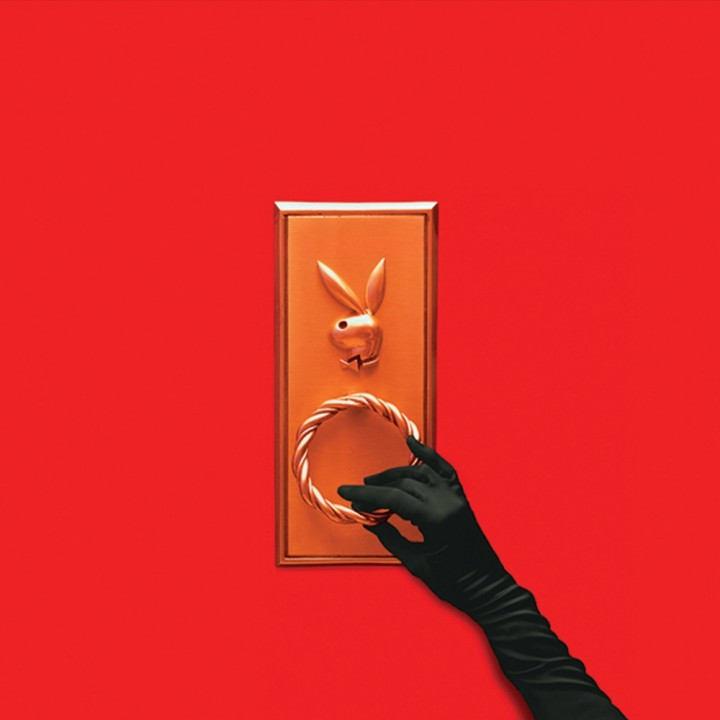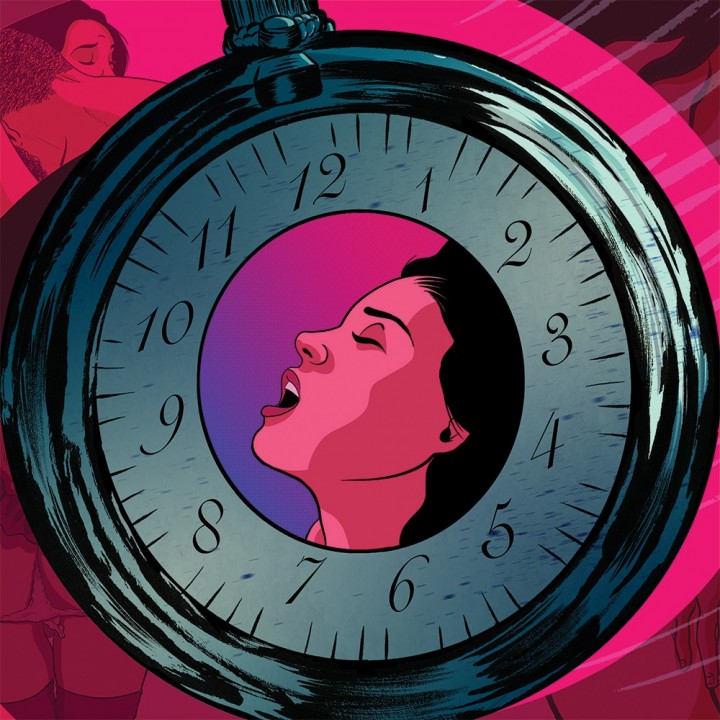
Faces of Resilience
50 years after Stonewall, we spotlight six warriors working to outlaw the dangerous practice
Fifty years ago, Larry Littlejohn wrote a letter to Playboy condemning a method of treatment intended to “cure” homo-sexuality. Littlejohn, who served as president of San Francisco’s Society for Individual Rights, described the case of a 22-year-old patient “treated for transvestism” through aversion techniques. After showing the patient photos of himself dressed in women’s clothing, Littlejohn claimed, doctors injected the individual with apomorphine. Sometimes used to treat Parkinson’s disease, the drug also induces “headaches, nausea and vomiting.”
Although doctors had declared the patient “cured” of his condition, Littlejohn noted that another person subjected to electroshock therapy, this time as treatment to cure homosexuality, “wept for half an hour after each session.” He eventually refused further sessions after “rushing out of the room in tears.”
“I cannot see where this form of treatment differs from the tortures of the Inquisition or the brainwashing of the Communists,” Littlejohn concluded.
Today such treatments are widely known as conversion therapy, though they’re sometimes referred to as “reparative therapy” or “orientation change.” The terms refer to a loosely associated range of practices including everything from shock treatment and aversion therapy to waterboarding and ice baths. In the vast majority of cases, though, conversion therapy takes the form of talk therapy wherein LGBTQ individuals meet with a counselor or pastor who teaches them that who they are is “sick” and “wrong.”
At the time of Littlejohn’s letter, homosexuality was considered a “mental illness”; since then, the American Medical Association and other organizations have evolved. In its Journal of Ethics, the AMA has condemned conversion therapy as harmful and ineffective, claiming it leads to depression, anxiety and increased risk of suicidal ideation. Despite such cautionary assessments, an estimated 700,000 people in the United States have been subjected to the practice. Without decisive action, in the coming years thousands more LGBTQ youth will join the ranks of (often traumatized) conversion-therapy survivors.
MEET THE FACES OF RESILIENCE
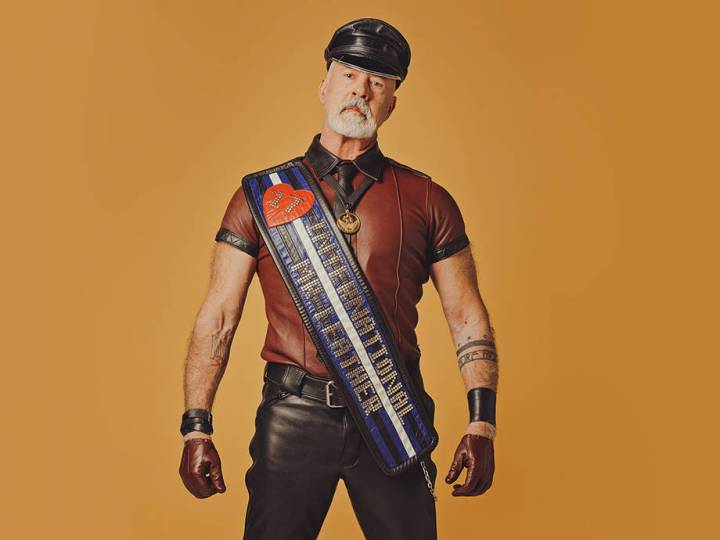
Faces of Resilience: Dr. Ralph Bruneau, the Therapist
Marriage and family therapist Ralph Bruneau is a 30-plus year veteran of LGBTQ rights

Faces of Resilience: Dusty Ray Bottoms, the Celebrity
Drag superstar Dusty Ray Bottoms is sharing his story to inspire other survivors

Faces of Resilience: Sam Brinton, the Advocate
They're fighting to end conversion therapy because they've experienced its damage firsthand
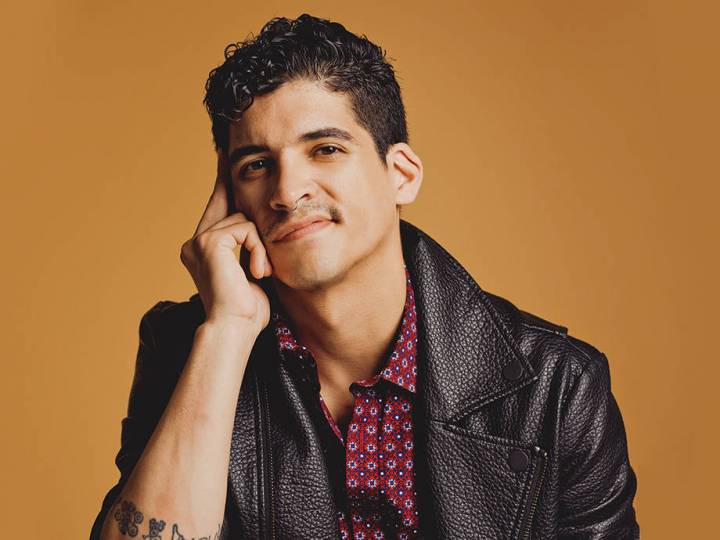
Faces of Resilience: Gaby Garcia-Vera, the Faithful
His faith is feeding his passion to end conversion therapy nationwide

Faces of Resilience: Veronica Kennedy, the Parent
Mother & teen friend of Matthew Shepard speaks on the violence and stigma LGBTQ people face
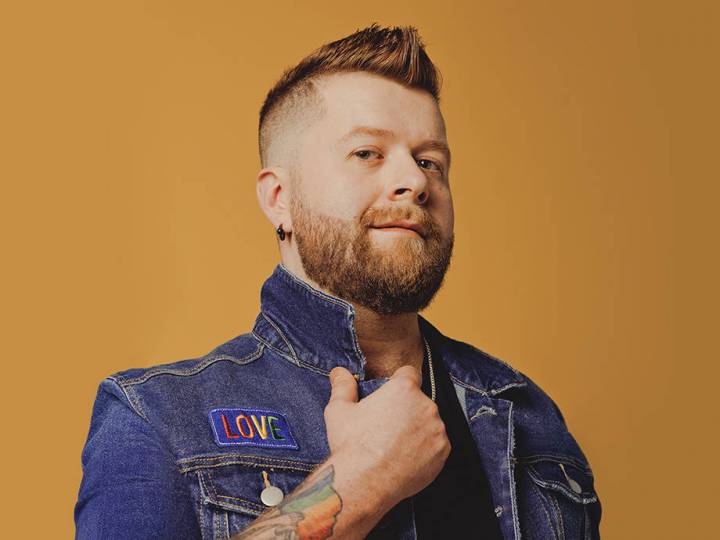
Faces of Resilience: Peter Nunn, the Survivor
Peter Nunn lived through two weeks of attempted conversion. Now he works to ban the practice
Their stories, each representative of a different experience with conversion therapy and presented alongside stunning portraits by queer photographer Ryan Pfluger, are a reminder of what Franklin E. Kameny, co-founder and president of the Mattachine Society of Washington, D.C., wrote in Playboy five decades ago. (His letter to the editor ran alongside Littlejohn’s in response to April 1967 and August 1968 Playboy Forum comments made by behavioral researchers Gerald Davison and David Barlow, who believed it was possible to recondition “sexual deviation.”) Kameny, whose organization was a branch of one of the first LGBTQ advocacy groups in the U.S., declared that homosexuality didn’t need to be cured.
“Gay is good,” he said.

